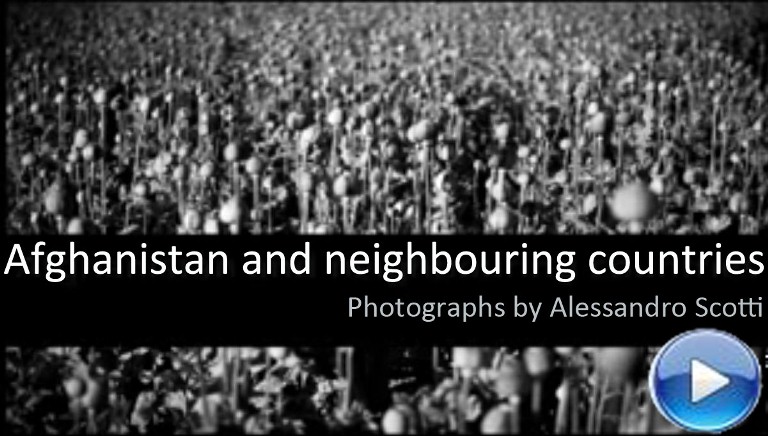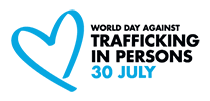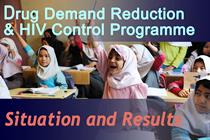Iranian youth gets the facts about drugs
 As part of its campaign to raise awareness about the major challenge that illicit drugs represents to society as a whole, especially to the young, UNODC published a series of 8 posters in Farsi including information on the physical and psychological effects of drugs. The posters showed the impact of Opium, Heroin and Crack Heroin, Cocaine, Methamphetamine, Ecstasy, Cannabis in addition to Cigarettes and Alcohol.
As part of its campaign to raise awareness about the major challenge that illicit drugs represents to society as a whole, especially to the young, UNODC published a series of 8 posters in Farsi including information on the physical and psychological effects of drugs. The posters showed the impact of Opium, Heroin and Crack Heroin, Cocaine, Methamphetamine, Ecstasy, Cannabis in addition to Cigarettes and Alcohol.
Substance use is one of the most important social and health challenges in Iran and is affecting many young people annually. A survey on "The prevalence of drug use in Tehran students" published in 2008 in the Iranian Journal of Psychiatry and Clinical Psychology demonstrated that over 17% of Tehran students experienced drinking alcohol, 2.3% had tried Opium, 2.2% had experienced smoking Hashish, and 0.7% had used Ecstasy.
Biological, cognitive, social and psychological transitions are the main reasons behind the use of drugs and alcohol by teenagers. In the past few years, Iranian law enforcement officials and drug addiction treatment professionals have recognized an alarming trend in the country. Although heroin addiction and heroin use have declined overall, there has been an unprecedented increase in the level of ATS abuse and heroin-crack addiction among adolescents and teenagers (Ref.; news published in the website of DCHQ, dated 3 February 2013).
With the help of the Iranian Drug Control Headquarters and local Non-Governmental Organizations, more than 8,000 series of posters were distributed among 31 provinces of the Islamic Republic of Iran, particularly in educational settings such as secondary and high schools as well as universities.
"I did not know drugs had so many negative effects!" said Ali, a 15 year old adolescent studying at Imam Ali Technical High School which is located 40-km south west of Tehran and considered one of the high risk areas. "I grew up hearing about drugs. In my neighborhood, many young men use it. But no one had ever explained to me what it does to the human body and mind. Now I know, thanks to these posters. And I will never use any".
While acknowledging the importance of drug treatment, UNODC has been supporting the Iranian authorities in preventing drug use. In addition to increasing the knowledge of the public, UNODC has been developing, piloting and publishing expert guidelines and training packages for specific use in families, communities, workplaces, educational and prison settings, targeting high risk groups. UNODC introduced in 2012 the life skills package (including social and parenting skills) which helps parents address risks that can contribute to the drug abuse of adolescents while strengthening family bonding by building protective factors. The training also focuses on family relationships and communication, family management skills, and resolution of family conflicts. Finally, national experts were regularly exposed to international best practices in the drug use prevention field through UNODC technical assistance and cooperation.
Mr. Antonino De Leo, the UNODC Country Representative, called for more attention, resources and efforts in the field of drug use prevention as necessary tools to effectively address the drug challenge. "Hopefully, adolescents like Ali will learn to not only educate themselves, but also empower themselves and lead a healthy life".
In the near future, UNODC is planning to design and publish new drug use prevention posters with a special focus on "Parenting".


